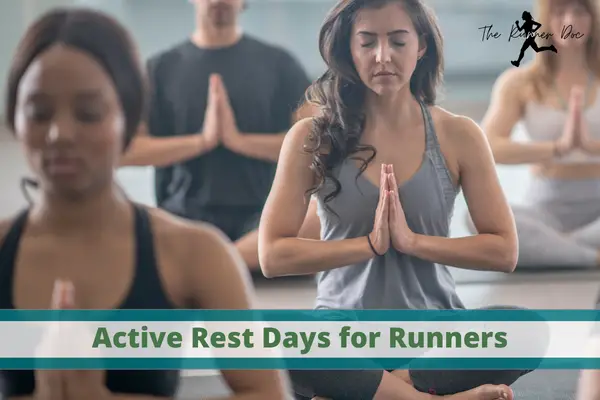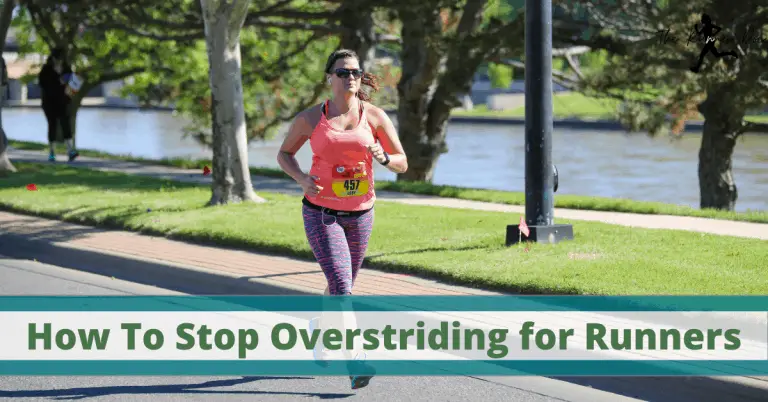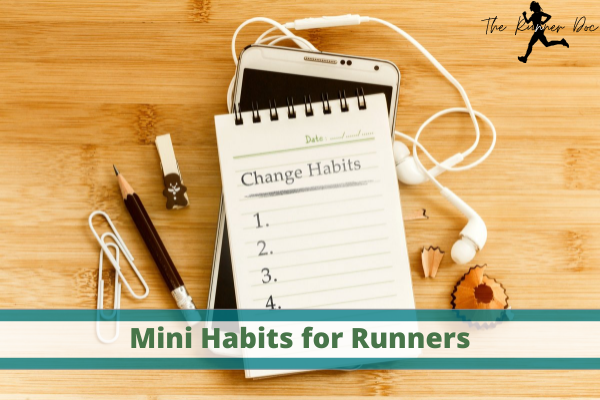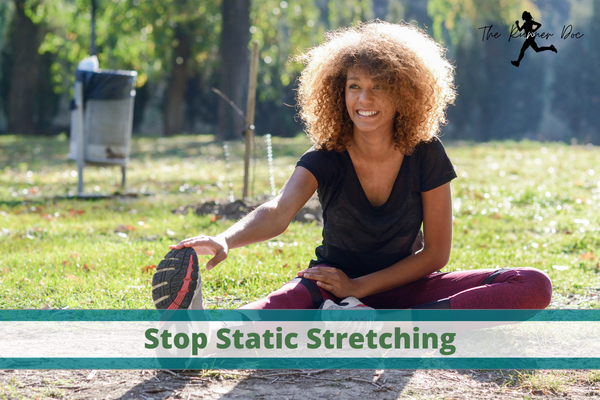I HATE rest days – or I used to {How runners stay healthy with active rest days}
I think we have all been there or are currently there right now. Getting into a fitness routine and having the feeling of work work work to get better and stick with the plan. Rest days will ruin the forward progress that I have made so I need to skip them and make sure that I get a workout every single day. No matter what. WRONG. Luckily, as I’ve gotten older Ummm wiser :)… I have learned just how important active rest days are for us both mentally and physically as runners.
(THIS POST PROBABLY CONTAINS AFFILIATE LINKS. OUR FULL DISCLOSURE POLICY IS REALLY BORING, BUT YOU CAN FIND IT HERE.)
Why Rest Days are Important for Runners
Gone are the days of getting in a workout every day. If you want to stay healthy, you need at least ONE FULL DAY OF REST a week. Active rest days are okay if done right.
But why?
Giving the body a break from running allows the body time to recover, restock its energy stores, and heal any muscle damage that has occurred.
Rest days have a whole host of benefits including:
- Alleviating muscle pain and soreness: During rest days, the body has a chance to remove excess lactate from the muscles. This helps to alleviate muscle pain and soreness.
- Repairing and building muscles: Exercise creates microscopic tears in muscle tissue. During rest days, cells called fibroblasts repair and build up the muscle tissue.
- Replenishing the body’s energy stores: Glycogen is a form of energy stored in muscles. Exercise depletes glycogen levels, which leads to muscle fatigue. Rest days allow the muscles to replenish their glycogen stores, thereby reducing muscle fatigue and preparing the muscles for their next workout.
- Preventing injury: Overexercising puts repetitive stress and strain on the muscles, increasing the risk of injury.
- Allowing the mind to rest: Overexercising can tire the mind as well as the body. Tiredness can lead to poor decision-making during a workout routine, which increases the risk of injury.

Stick with Your Rest Day Plan
I have been there. the feelings of guilt from not getting a workout in. Wondering if it will set me back if I’ll gain 20 pounds from the rest day.
Getting out of the mindset that our culture has put on us to always go go go is hard.
But the likelihood of you getting sick or injured skyrockets without rest days. Always pushing and punishing your body with workouts is going to backfire eventually.
We aren’t 16 anymore…
Related Article: Static Stretching for Runners: Myth vs Fact (Know the Truth!)
But sticking with the rest day and doing things in moderation is key. It doesn’t mean that since you have a “rest day” just sit on the couch and binge-watch Netflix and potato chips all day. It means nourishing your body with good food and taking it easy. Put your feet up but still go for a walk to keep the blood moving or even do some LIGHT yoga or mobility work.
When you wake up on the rest days with energy and enthusiasm that is when you know you are doing it right. Stick with your rest day! You will thank yourself in the long run. Life is a marathon not a sprint after all!
When Should You Do Active Recovery or Rest Days?
Whether you have pushed your body to the max in a race or completed an intense run, it is always wise to follow up with some light exercise on the following day. Taking this proactive approach will ensure that your body can rest and recover from any strenuous activity while also preparing for future feats of physicality.
If you’re finding yourself exhausted from marathon training, or if your runs are no longer enjoyable, it’s time for a well-deserved rest day! Give yourself the break and relaxation that you deserve.

There are TONS of good reasons to take a complete rest day vs an active rest day.
Mental burnout is one of those. Be conscientious, don’t take a rest day just because you don’t feel like doing anything that day. But if you are truly mentally “over it” or burnt out, take that day to just be and relax.
Should you neglect to listen to your body, it could lead to additional recovery time needed away from running.
Related Article: Protect Your Knees and Run Injury-Free: How to Strengthen and Bulletproof Your Knees for Running
How Often Should I Take a Rest Day?
This can vary. Again, listening to your body is important. Some people are fine with one a week, some more advanced runners can take one in a 10-day cycle. For others, you might need to take 2 a week. It just depends.
For most people though the general rule of thumb is AT LEAST one rest day in a 7-day period.
You aren’t going to lose training with rest days, in fact, they will make you a better runner and less injury-prone.
So bask in that weekly rest day.
Active Rest Day Ideas
My favorite rest day activity is an easy walk outside. It gets the blood flowing, lets your legs work out some stiffness, AND gets us outside to just relax and enjoy nature.
Some of my other favorite rest day activities include:
- Easy yoga
- Easy bike ride
- mobility work
- gentle stretching
Notice the EASY effort signifier. When you are on an active rest day things should be EASY. At the max you want your heart rate to get up to 120is, but really you shouldn’t focus on this. My goal for these workouts is to not get very sweaty unless I’m walking or biking outside and it is hot out, that’s just inevitable.
But keep it low-intensity. This is the time that your body is healing and recovering. Even if you feel good, give your body the much-needed rest!
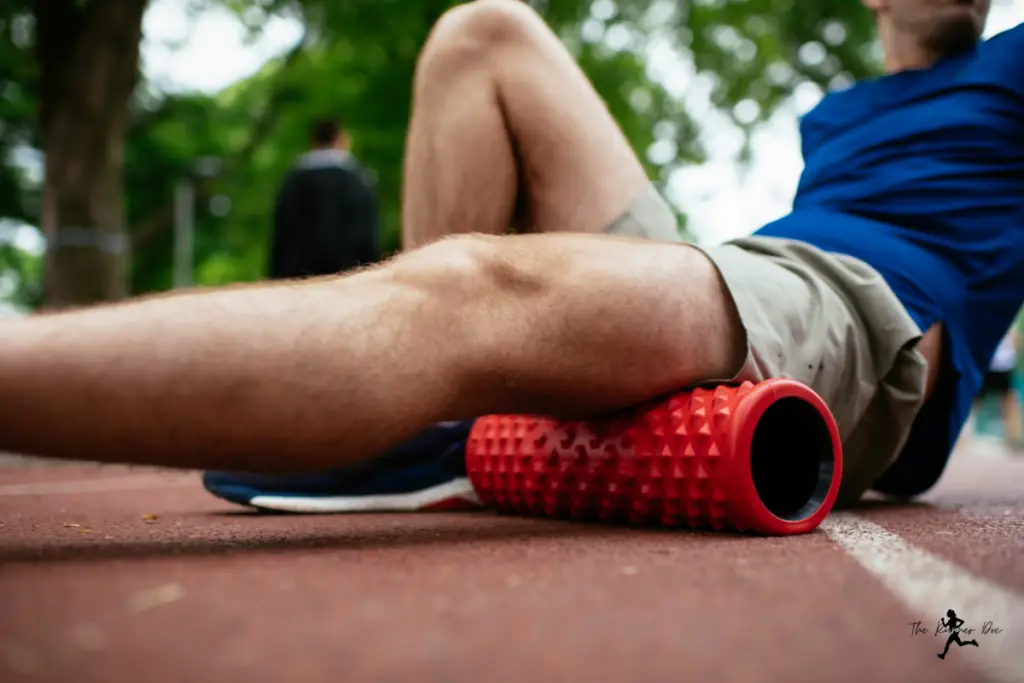
Many people also promote and love doing “self-myofascial release” on active rest days, or foam rolling. If you follow me on Instagram (which you should), you know that I’m not a HUGE fan of foam rolling. The research just isn’t there for most things that it claims to do. However, it does feel good to some and does increase blood flow which can help with recovery. So, if that is your go-to favorite thing on a rest day then keep it up, you aren’t hurting anything!
Final Thoughts on Rest Days for Runners
Rest days are an essential part of any running program, helping you to stay injury-free and perform better overall. Whether it’s a complete rest day or an active one, make sure you give your body the break it needs in order to recover from strenuous activity.
Active rest days don’t have to be intense; they just should involve easy activities such as gentle stretching, walking, yoga, mobility work, or foam rolling that will help increase blood flow and keep muscles loose during recovery. Allowing yourself designated resting time each week will ensure that when it comes time for race day (or even just another long run), you’ll be ready with energy and enthusiasm!
AFFILIATE DISCLOSURE
As an Amazon Associate, I earn from qualifying purchases. This post may contain affiliate links. If you use these links to buy something we may earn a commission. The Site may contain links to affiliate websites, and we receive an affiliate commission for any purchases made by you on the affiliate website using such links.
All information should be used as a tool for more knowledge on the subject topic, to use as references for later articles where applicable, or just to keep it in mind during future exercise routines or activities.
This article is not meant to give medical advice or to replace professional health care. Should any ailment occur please contact your doctor or physical therapist immediately to keep yourself safe and prevent further damage.
The author is not liable for any personal or commercial damage directly or indirectly related to the content hereof. You are responsible for adhering to local laws and regulations regarding health & safety, including proper use of equipment or safety gear, and compliance with governing healthcare associations, and state, and federal regulations.
How Runners should Program Rest Days
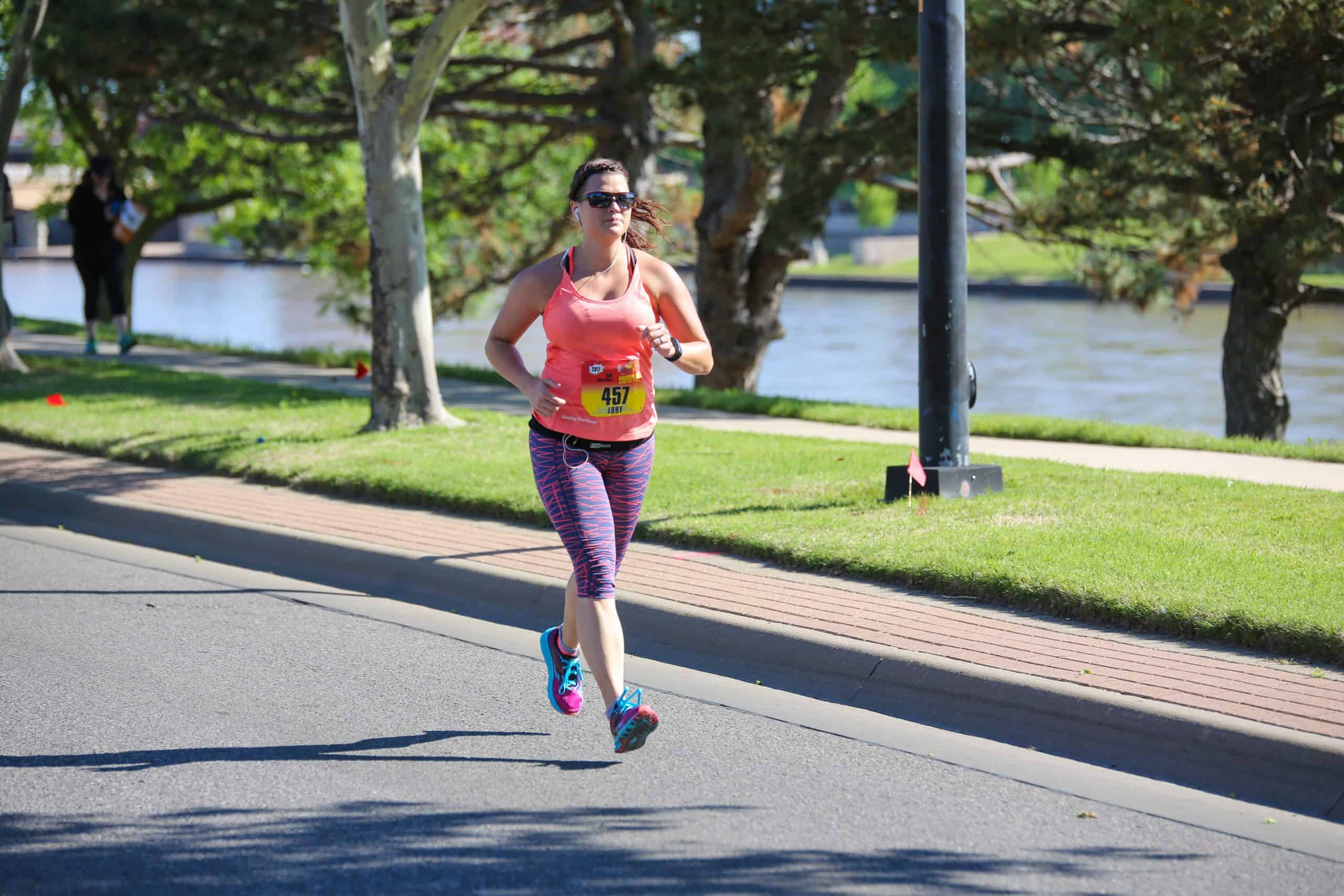
Dr. Abby Siler, PT, DPT is a Physical Therapist with 10 years of experience in a variety of settings. She has spent the majority of her time treating athletes in orthopedic clinics and worker’s compensation cases. She is a runner herself for the past 15 years and a lifelong athlete. Dr. Abby loves to teach runners how to stay injury free and out of her clinic.

